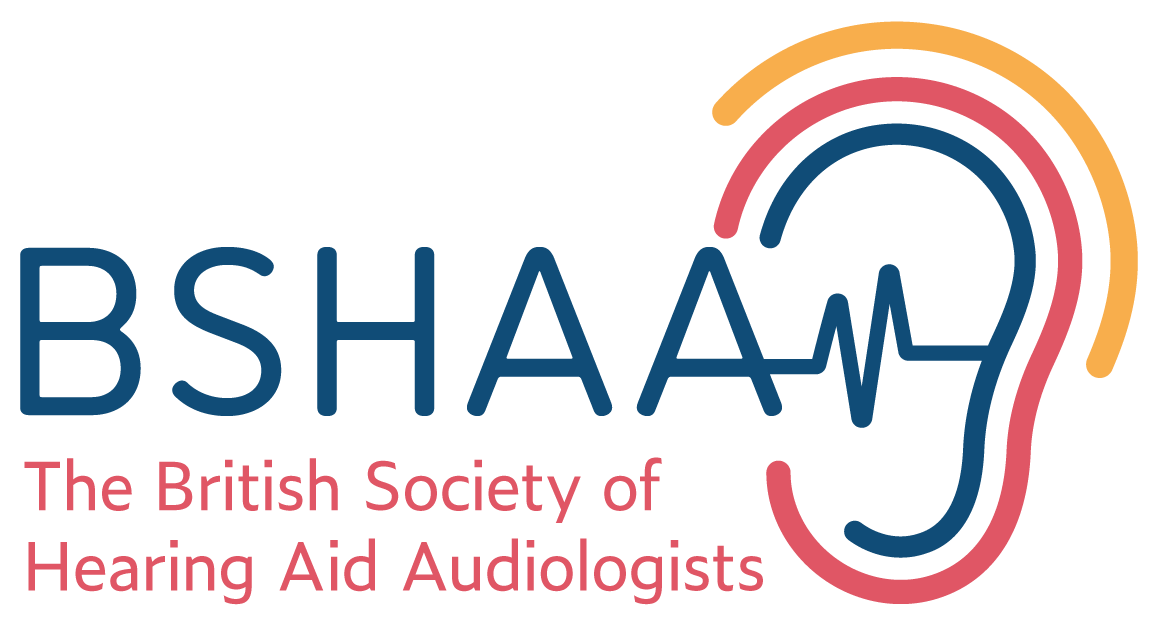Despite the safety of microsuction, as with any procedure, it carries a small amount of risk and potential side effects. Most of these potential side effects are very rare so there is no need to worry about having the procedure.
Some of the side effects that can occur are:
- Dizziness
- Infection
- Trauma to the ear
- Noise damage
Dizziness
Some people experience a little dizziness, faintness or a feeling of vertigo during the procedure or shortly afterwards. This is due to microsuction ear wax removal actually causing the temperature of the ear canal to cool down during the procedure, which can cause this feeling.
This side effect is only temporary and shouldn’t last very long following the removal of ear wax.
Infection
This is rare, but as with any procedure you undergo, there is a small risk of infection following microsuction ear wax removal. All tools used with microsuction are single use and discarded after each procedure making infection extremely remote and virtually unheard of.
However, if you do experience this, there are treatments that are very effective at clearing up any infections.
Trauma to the ear
As the microsuction ear wax removal procedure involves a tube being inserted into the ear canal, there is a small risk that some damage or trauma could occur in the ear canal or ear drum. This can occur from sudden movements by the recipient. In extremely rare cases, the eardrum can become perforated.
Noise damage
The equipment used during ear wax removal does generate some noise, which some find to be very loud. In minimal cases, this can cause temporary short lived hearing loss, known as a temporary threshold shift. This occasionally happens when tiny muscles contract to protect the ear against noise. There is also an extremely rare chance of tinnitus being caused, or existing tinnitus worsened.
